Summary
The lake is home to a variety of fish species, including largemouth bass, bluegill, crappie, and catfish.
Largemouth bass are the most sought-after fish species in Lake Lou, and are present in good numbers. During the spring and summer months, bass can be found in shallow water near weed beds and other cover. As the water cools in the fall, bass move to deeper water.
Bluegill and crappie are also abundant in Lake Lou and are often caught using small jigs or live bait. Catfish can be targeted using stink baits or cut bait, and can be found in deeper areas of the lake.
In addition to fishing, Lake Lou offers a range of activities for visitors, including hiking, boating, and camping. The nearby town of Okeechobee also has a variety of restaurants, shops, and other attractions.
When fishing Lake Lou, anglers should focus on areas with vegetation, structure, and other cover. Fishing early in the morning and late in the evening can also increase the chances of catching fish. The best time of year to visit Lake Lou is during the spring and fall when temperatures average between 60-80 degrees Fahrenheit.
Overall, Lake Lou offers anglers a diverse range of fish species and a variety of outdoor activities to enjoy. With its scenic surroundings and accessible location, it's a great destination for any fishing enthusiast.
Weather Forecast
Nearby Streamflow Levels
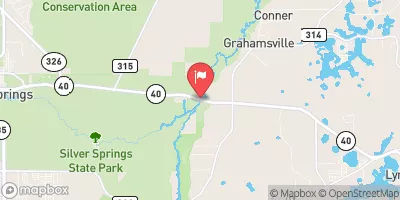 Ocklawaha River Nr Conner
Ocklawaha River Nr Conner
|
552cfs |
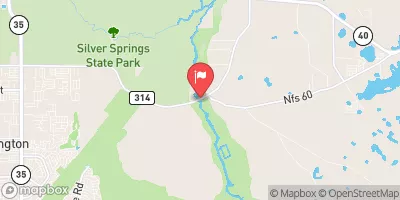 Ocklawaha River Nr Ocala
Ocklawaha River Nr Ocala
|
17cfs |
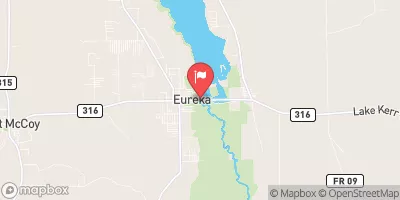 Ocklawaha River At Eureka
Ocklawaha River At Eureka
|
562cfs |
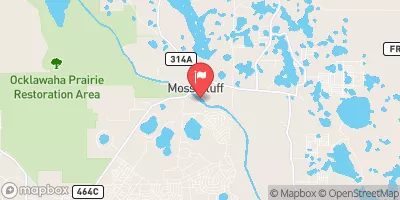 Ocklawaha R At Moss Bluff
Ocklawaha R At Moss Bluff
|
23cfs |
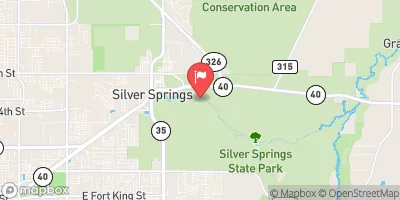 Silver River Near Ocala
Silver River Near Ocala
|
494cfs |
 Ocklawaha R At Rodman Dam Nr Orange Springs
Ocklawaha R At Rodman Dam Nr Orange Springs
|
754cfs |
Angling Safety Guidelines
Check local fishing rules, seasons, size limits, and license requirements to ensure legal and sustainable angling.
Handle Fish Responsibly
Use wet hands, minimize air exposure, and release fish gently to improve survival rates when practicing catch-and-release.
Choose the Right Gear
Match your rod, line, and tackle to the species and conditions to increase success and reduce unnecessary harm to fish.
Respect the Waterway
Avoid disturbing habitat, prevent bank erosion, and keep a safe distance from spawning areas to protect ecosystems.
Keep It Clean
Pack out all line, hooks, bait containers, and trash—discarded gear can injure wildlife and degrade waterways.
Related Links
Area Campgrounds
| Location | Reservations | Toilets |
|---|---|---|
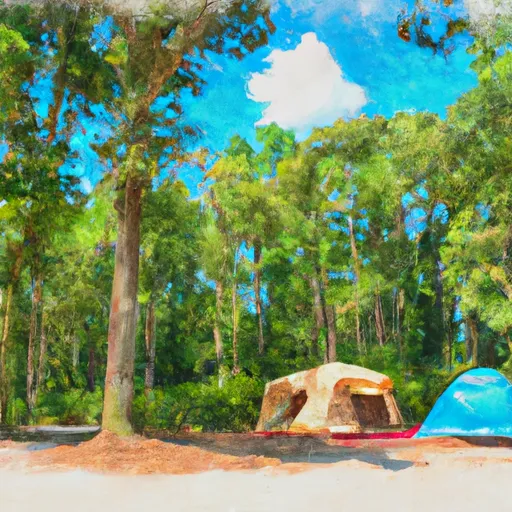 Lake Eaton
Lake Eaton
|
||
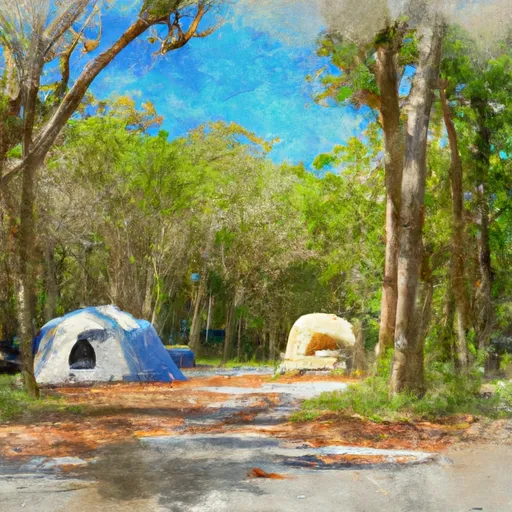 Lake Eaton Campground
Lake Eaton Campground
|
||
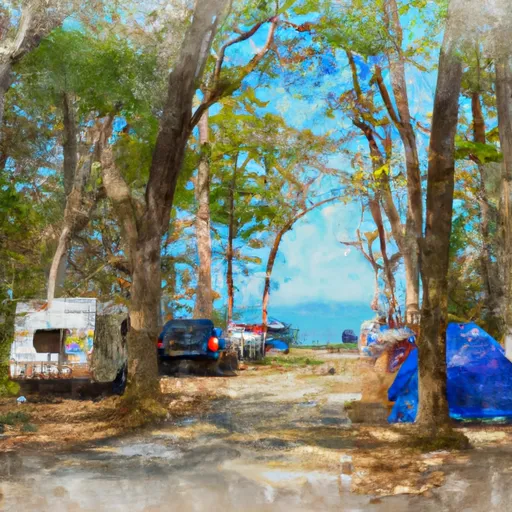 Lake Shore Group Campground
Lake Shore Group Campground
|
||
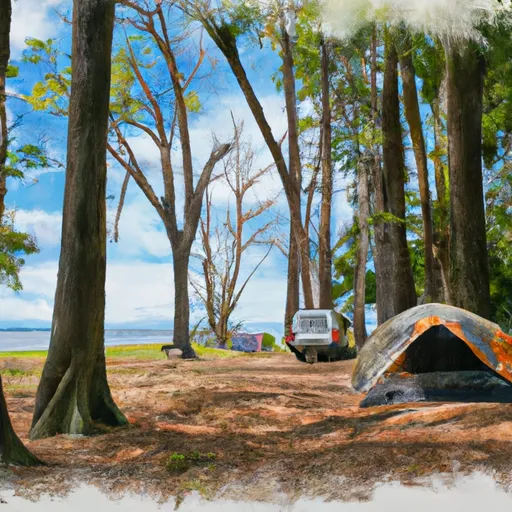 Fore Lake
Fore Lake
|
||
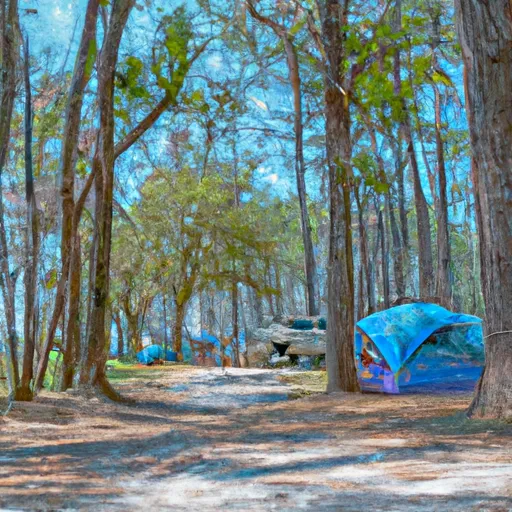 Gores Landing County Park
Gores Landing County Park
|
||
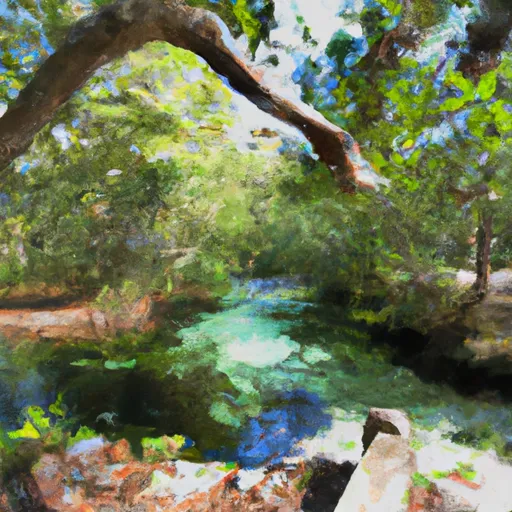 Juniper Springs Run Put In
Juniper Springs Run Put In
|

 Lake Jumper
Lake Jumper
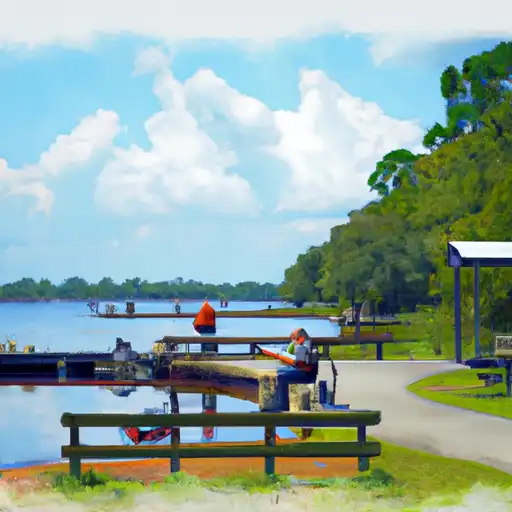 Lake Eaton
Lake Eaton
 Lake Charles
Lake Charles
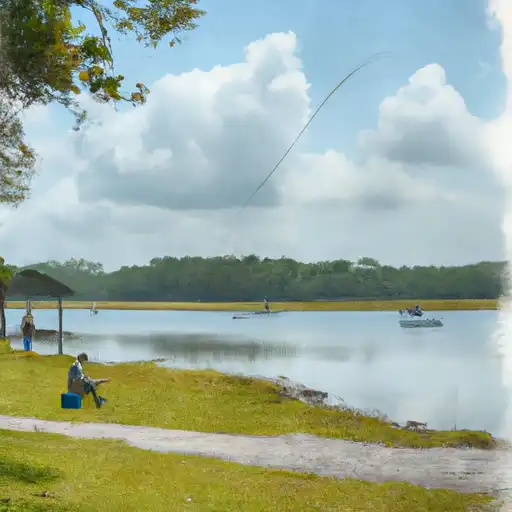 Mill Dam Lake
Mill Dam Lake
 Fore Lake Pier and Launch
Fore Lake Pier and Launch
 Moss Bluff Lock And Spillway
Moss Bluff Lock And Spillway
 Nfs-579-D, Silver Springs
Nfs-579-D, Silver Springs